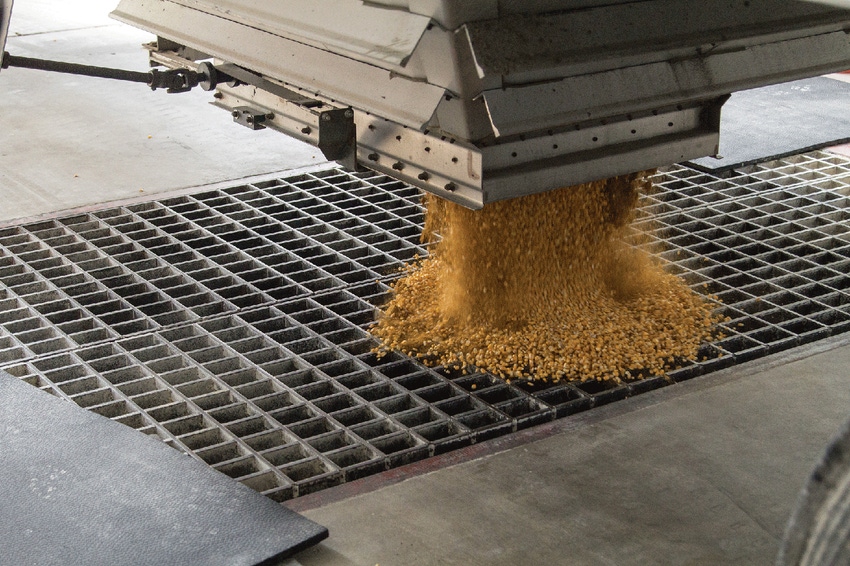Feed mill study highlights need for continued biosecurity
Research was motivated by the risk of feed and feed ingredients for introduction and spread of the African swine fever virus.
January 5, 2024

Kansas State University Associate Professor of Feed Science and Management Chad Paulk has led a project to understand the best flushing, thermal processing and decontamination techniques for a feed mill after exposure to porcine epidemic diarrhea, porcine reproductive and respiratory syndrome virus and Seneca Valley virus 1. In addition to PCR testing for viral RNA, infectivity of feed and environmental samples collected after utilizing the decontamination techniques were evaluated using swine bioassays.
Overall, data showed that chemical flushing, thermal processing and facility decontamination reduce the quantity of viral RNA, but more research is needed to understand how these techniques affect virus infectivity.
Work to understand feed mill decontamination was motivated by the risk of feed and feed ingredients as a potential route for introduction and spread of African swine fever virus and other transboundary viruses of concern to the U.S. swine industry. Noting previous research has determined the minimum infectious dose of ASFV in feed (Niederwerder et al., 2019) as well as work showing ASFV can survive in various feed ingredients during transboundary shipping (Dee et al., 2018), Paulk pursued funding from Swine Health Information Center, along with the Institute for Feed Education and Research, the United Soybean Board and the Animal Nutrition Association of Canada for the investigation. The research team recently finished the project and delivered results to help inform the North American swine industry on feed manufacturing facility decontamination processes.
In the project, researchers investigated chemical additives, pelleting of feed and facility decontamination methods to understand practices which may mitigate the risk of PRRSV, PEDV and SVV1 spread from a contaminated feed mill. Researchers reported that formaldehyde flushes (either liquid or dry) were the most effective at reducing viral concentrations in both the feed and the environment; however, Paulk said eliminating viral RNA from the environment proved to be very difficult.
The complete facility decontamination (removal of organic matter with heated pressure washing, disinfection with 1% Virkon, disinfection with 5% household bleach, environmental heat held at 140°F for 48 hours) was the only decontamination treatment where PEDV, PRRSV and SVV1 RNA was non-detectable after completion of all steps. Other treatments, including chlorine dioxide and heat, reduced the quantity of RNA but did not fully eliminate PCR detection of viruses across mill surfaces. Further, thermal processing, pelleting, reduced the detectable RNA in both feed and the environment for all viruses.
Although PEDV and SVV1 RNA were detectable by PCR in samples post-treatment, these samples failed to cause infection of pigs after inoculation, providing evidence of successful mitigation. However, feed and dust samples collected post-treatment of PRRSV caused infection in pigs post-inoculation, even when the inoculum was negative for PRRSV via PCR. Researchers report it is unknown why PRRSV RNA was not consistently detectable via PCR, but the bioassay suggests more information is needed regarding PRRSV mitigation.
Overall, this study demonstrated the difficulty in eliminating viral RNA from a contaminated feed mill post-introduction and highlights the need for continued emphasis on biosecurity for preventing pathogen entry.
You May Also Like



